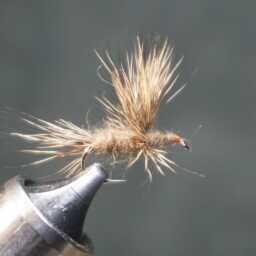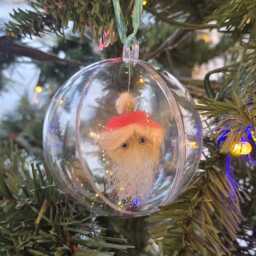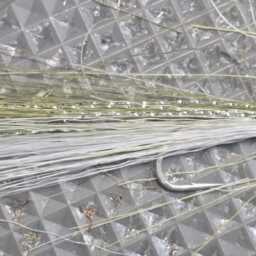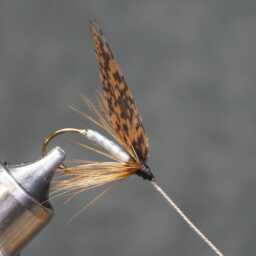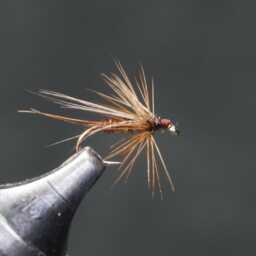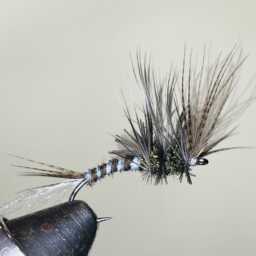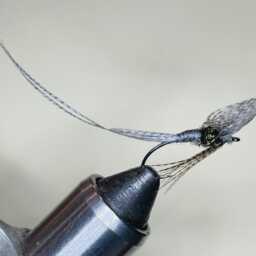The flank feathers are similar in color a barring to wood duck. The biots off the flight feathers have been hailed as some of the best quality available on any bird species and have an excellent natural tapper.
The Egyptian goose (Alopochen aegyptiaca), native to Africa south of the Sahara Desert, belongs to the duck family Anatidae. Despite its duck-like appearance, it is often referred to as a goose due to its heavy flight and goose-like features.
Introduced outside its natural range, the Egyptian goose gained popularity for its ornamental appeal, reaching Europe, the United States, and beyond. Ancient Egyptian art frequently featured these geese. Mature birds, 63–73 cm long, display variations in plumage tone, with some being greyer and others browner. The male, slightly larger than the female, exhibits distinctive vocalizations—a hoarse, subdued quack and a louder, breathy call during courtship.
In flight or during aggression, the wings of mature birds reveal conspicuous white markings. The handsome Egyptian goose, also known as the Nile goose, attracts bird lovers with its tan to grey body, dark eye-patches, flashy white wings, and pink legs and bill. Originating around the Nile River, it was introduced globally by adventurers, finding a place in zoos and aviaries worldwide.
Despite being labeled a goose, the Egyptian goose is a duck in goose clothing. Although resembling a duck on water, its heavy flight and goose-like appearance distinguish it. Belonging to the Anatidae family, it is most closely related to shelducks, such as the Common Shelduck and the Australian Shelduck. Introduced in the 17th century, it established feral populations in Europe, New Zealand, and warmer parts of the United States.
« Back to Glossary Index

